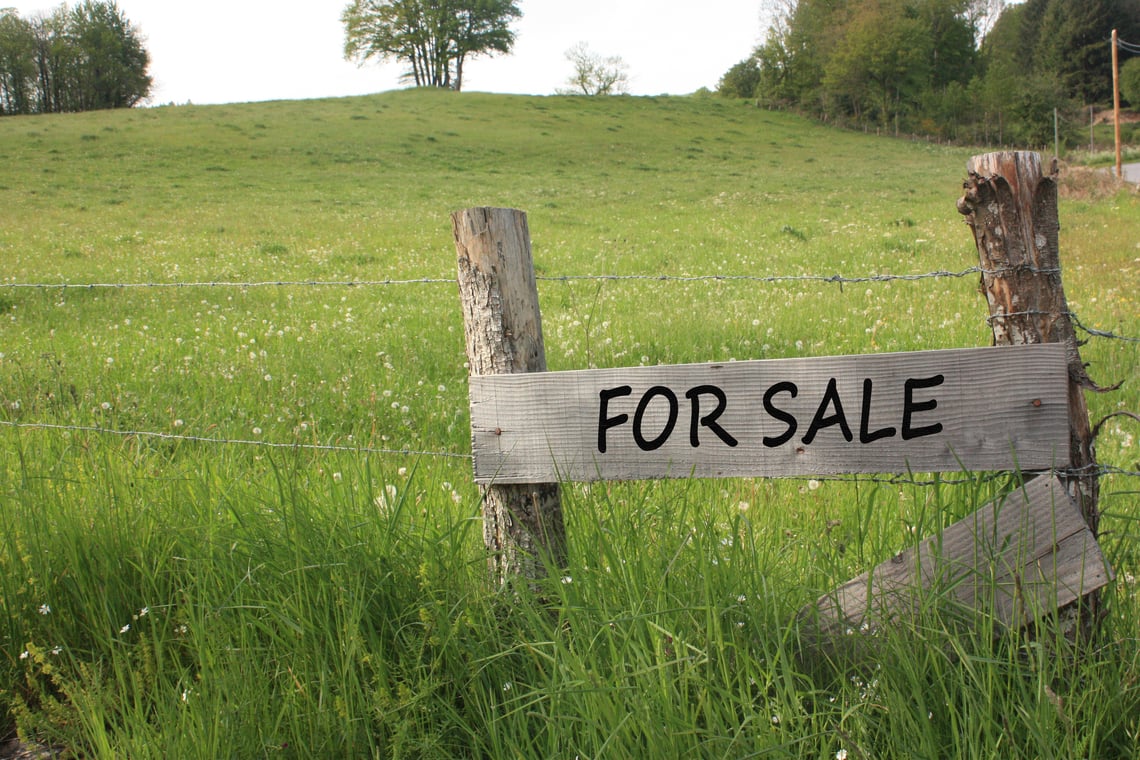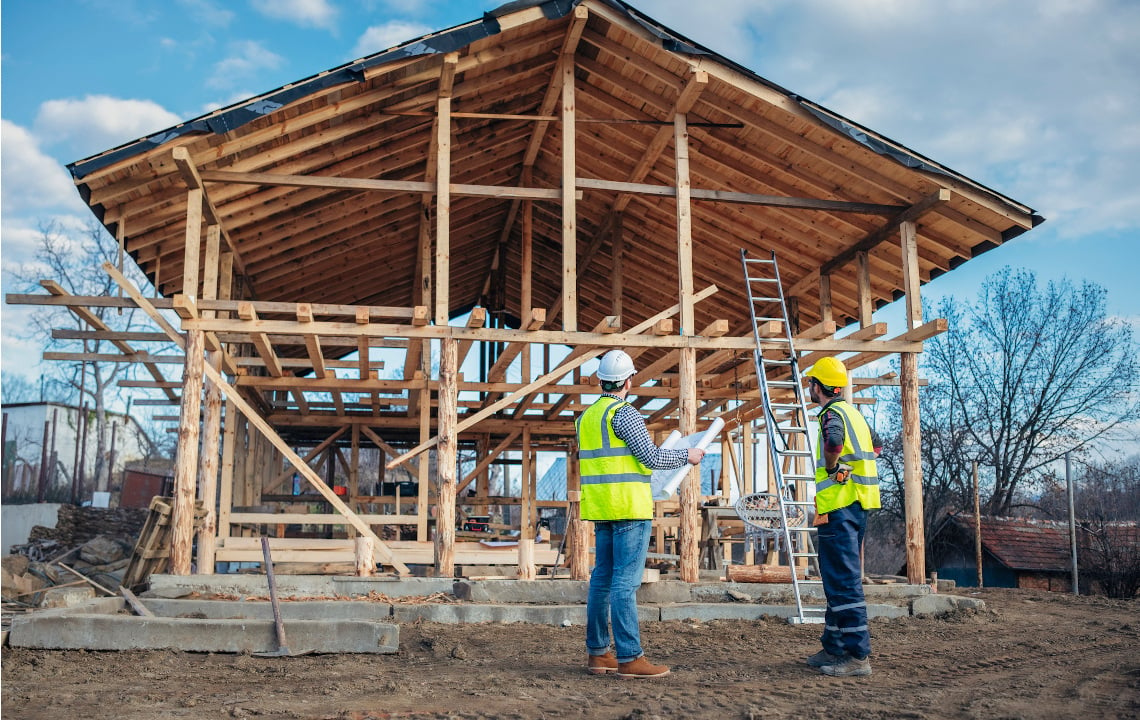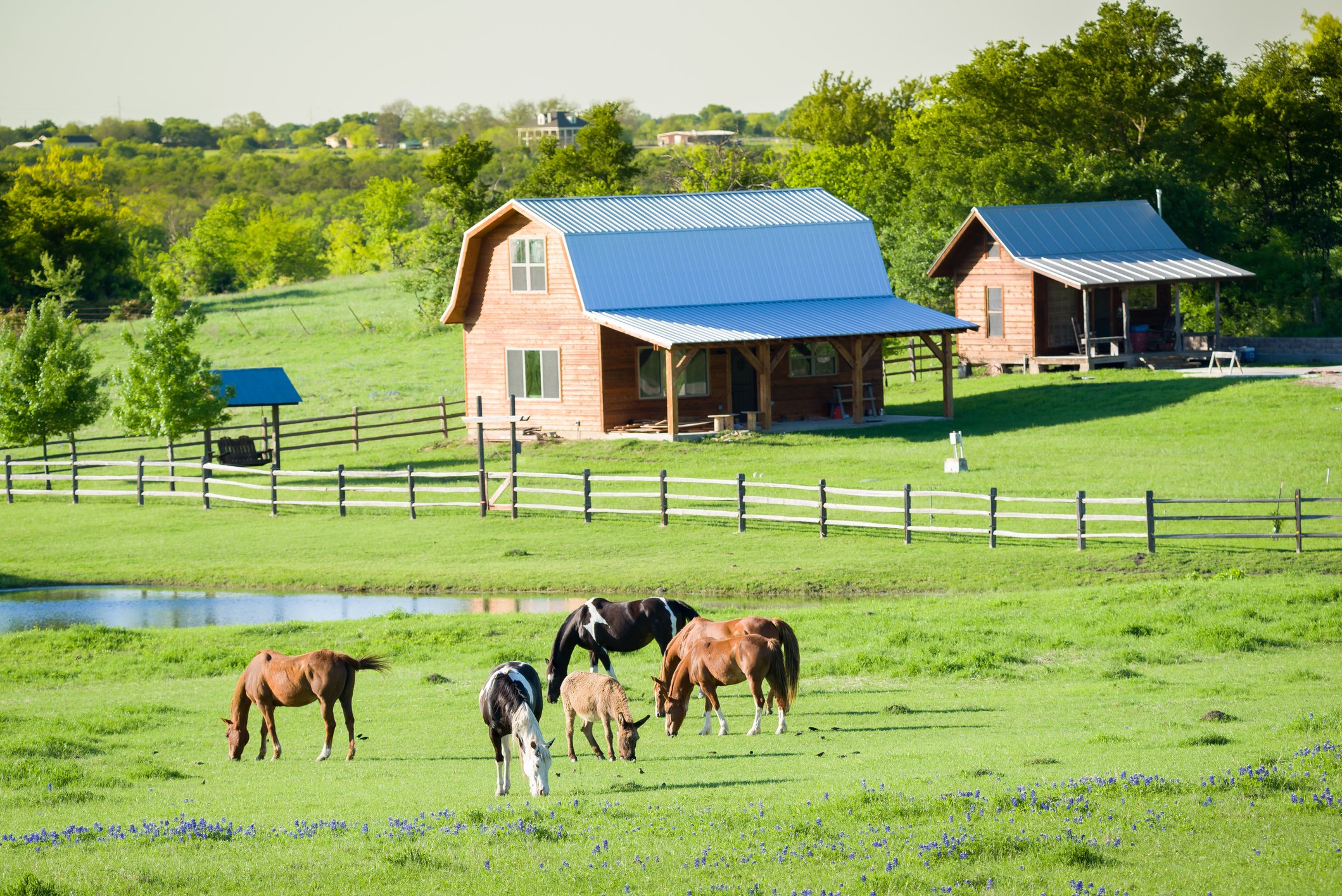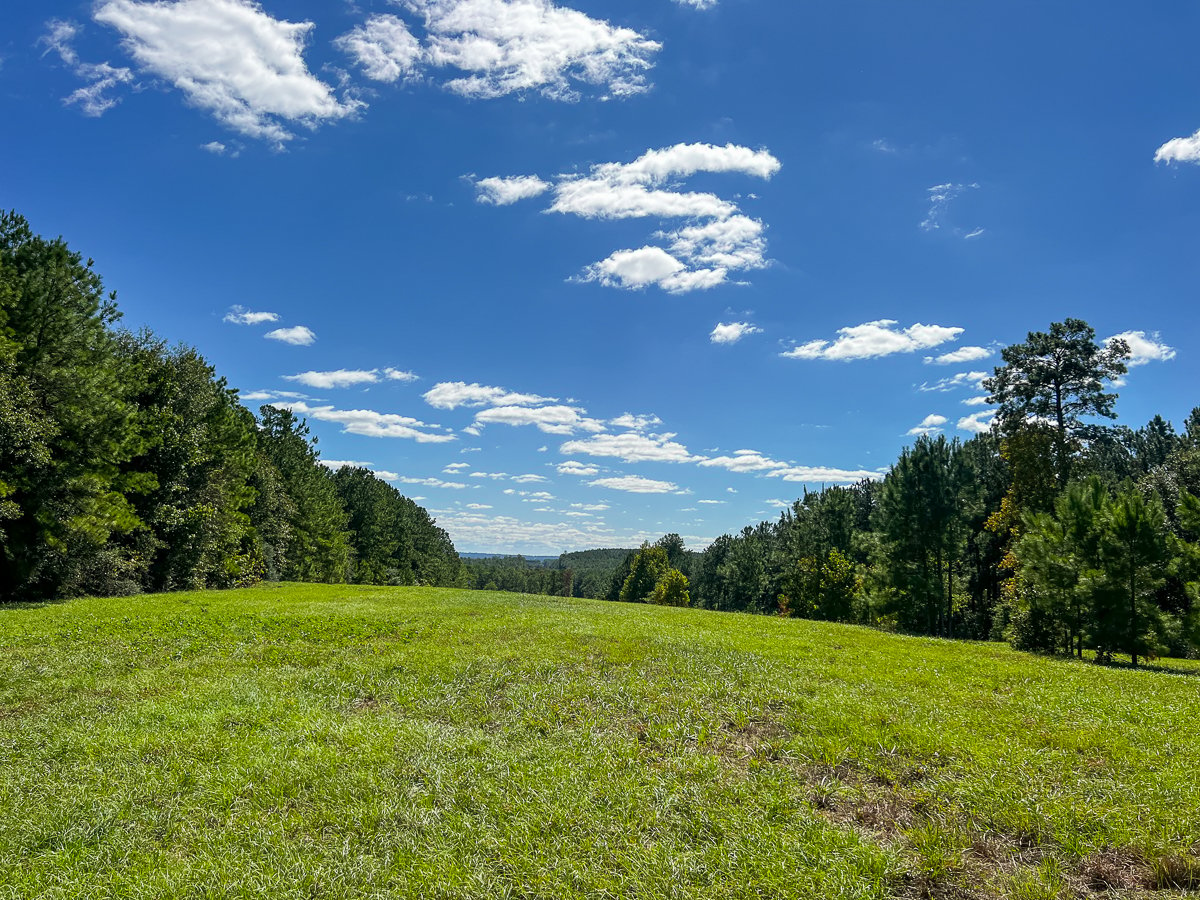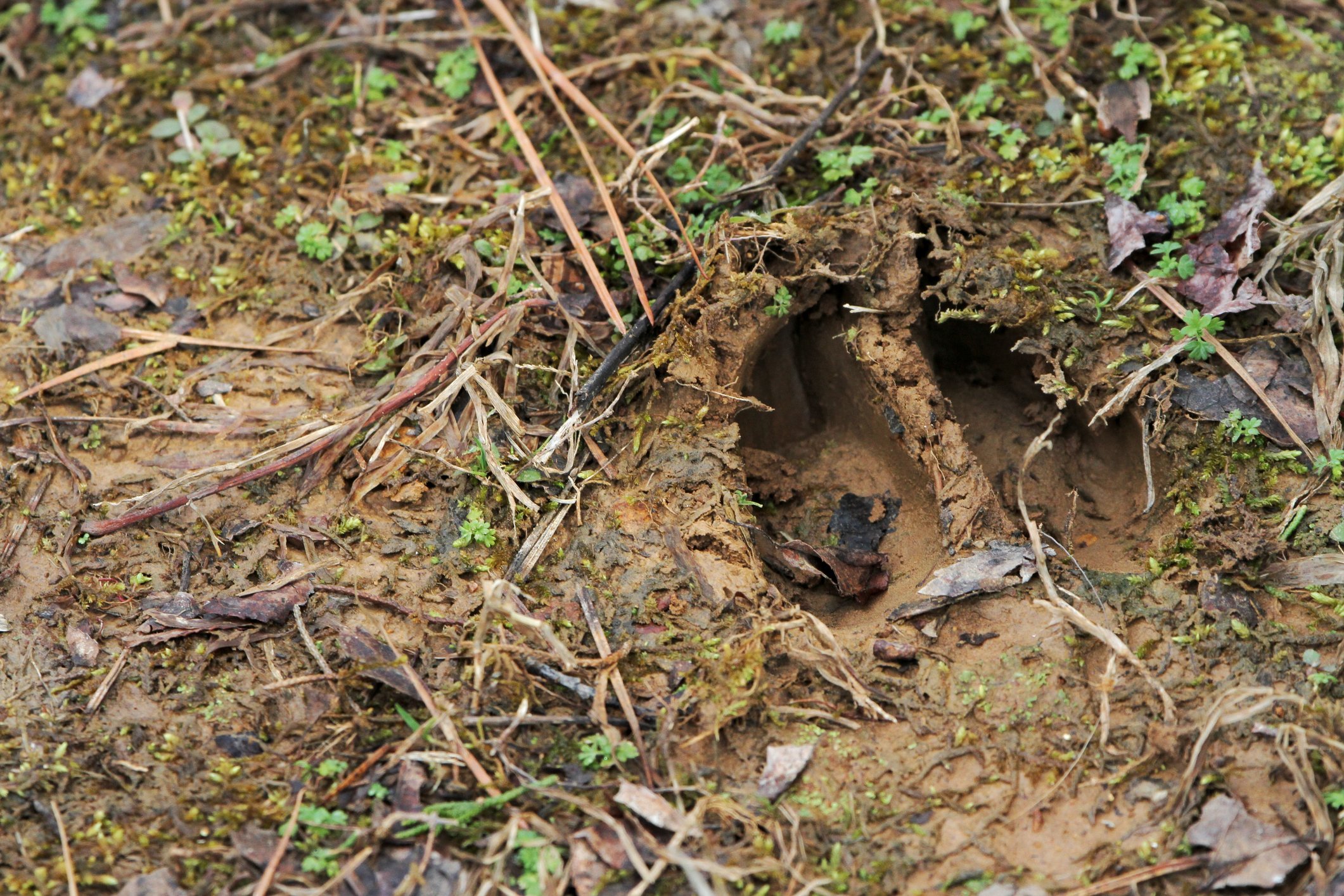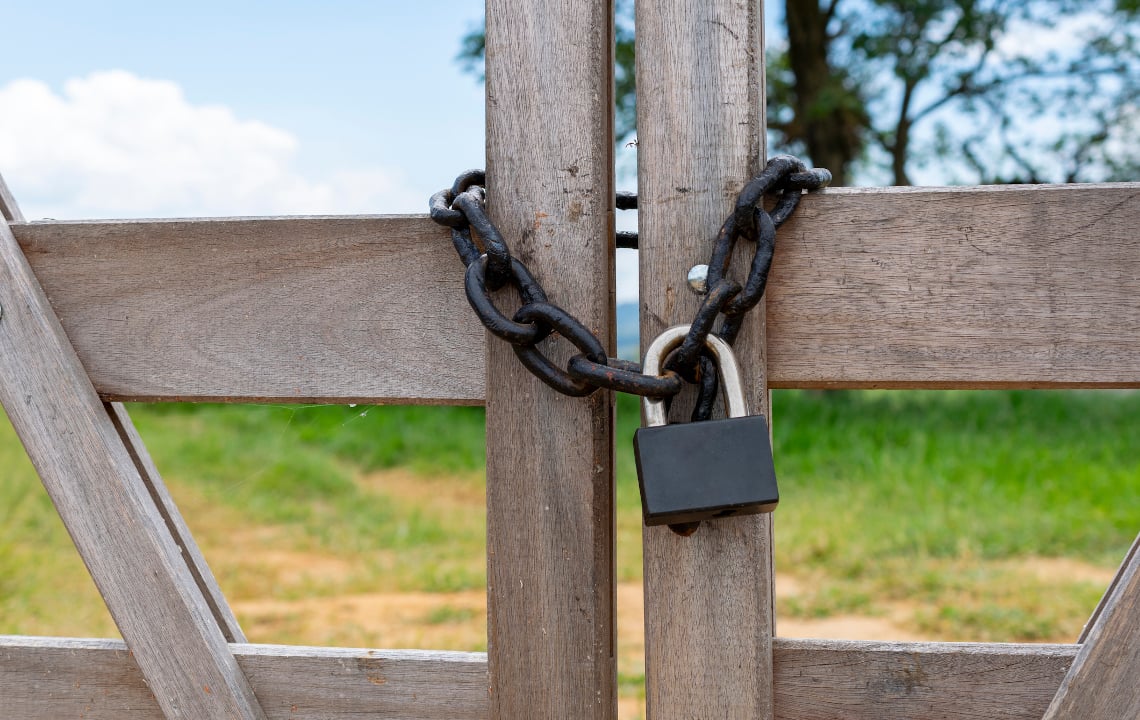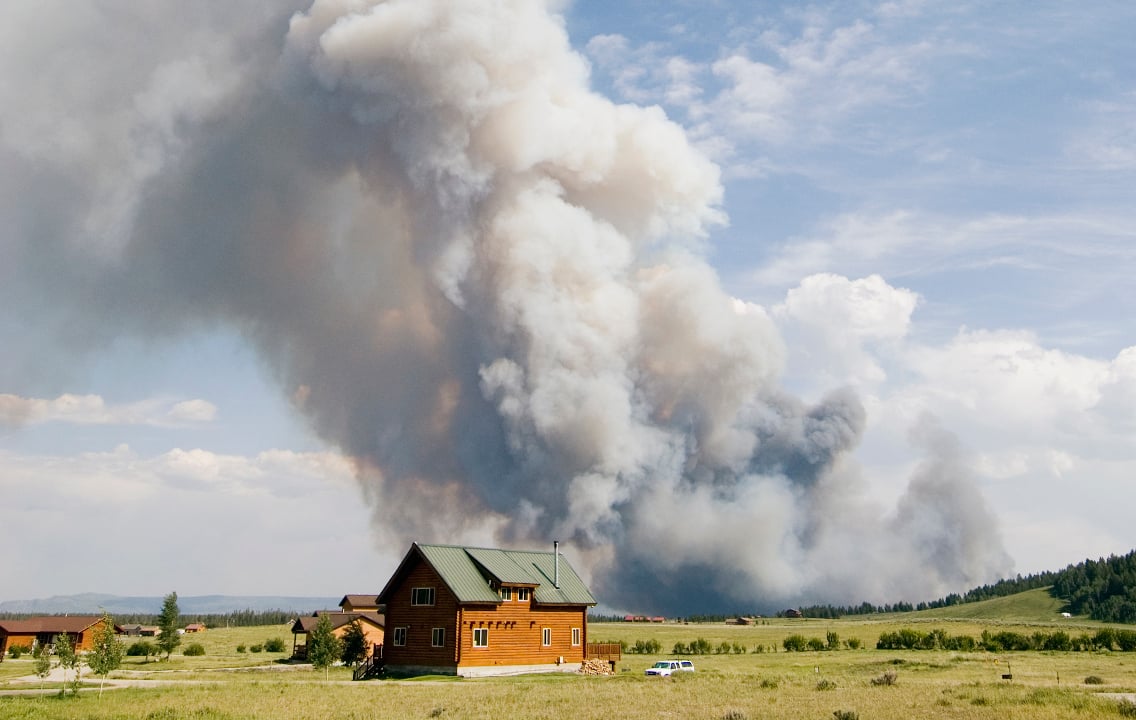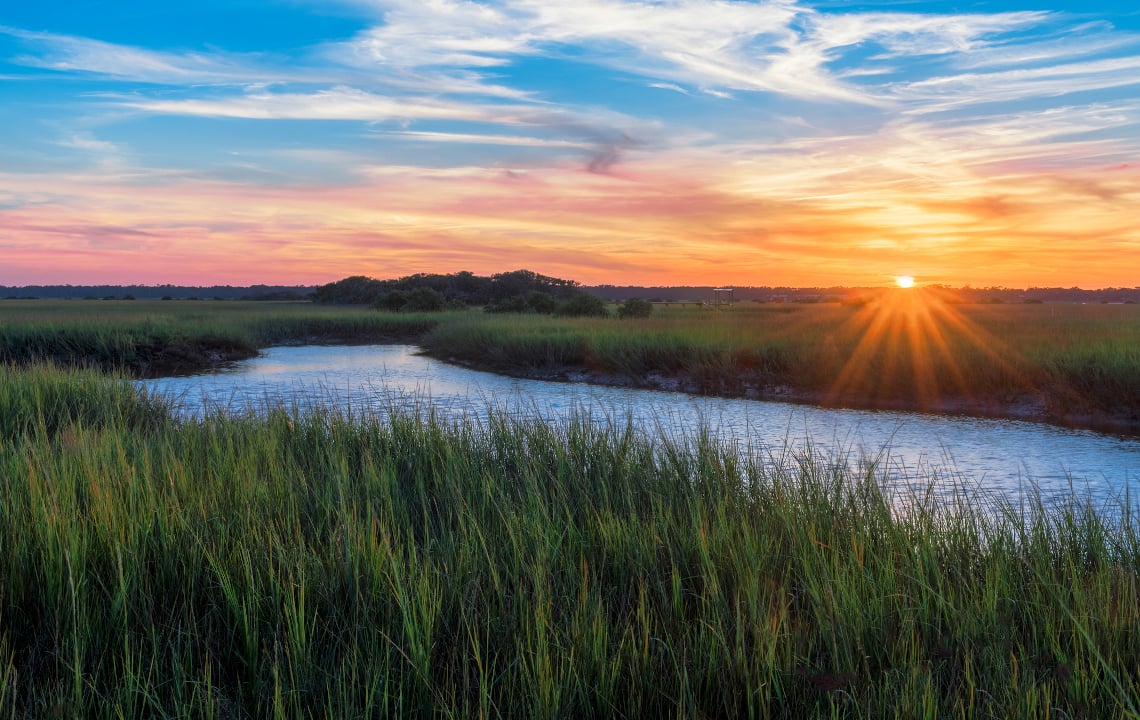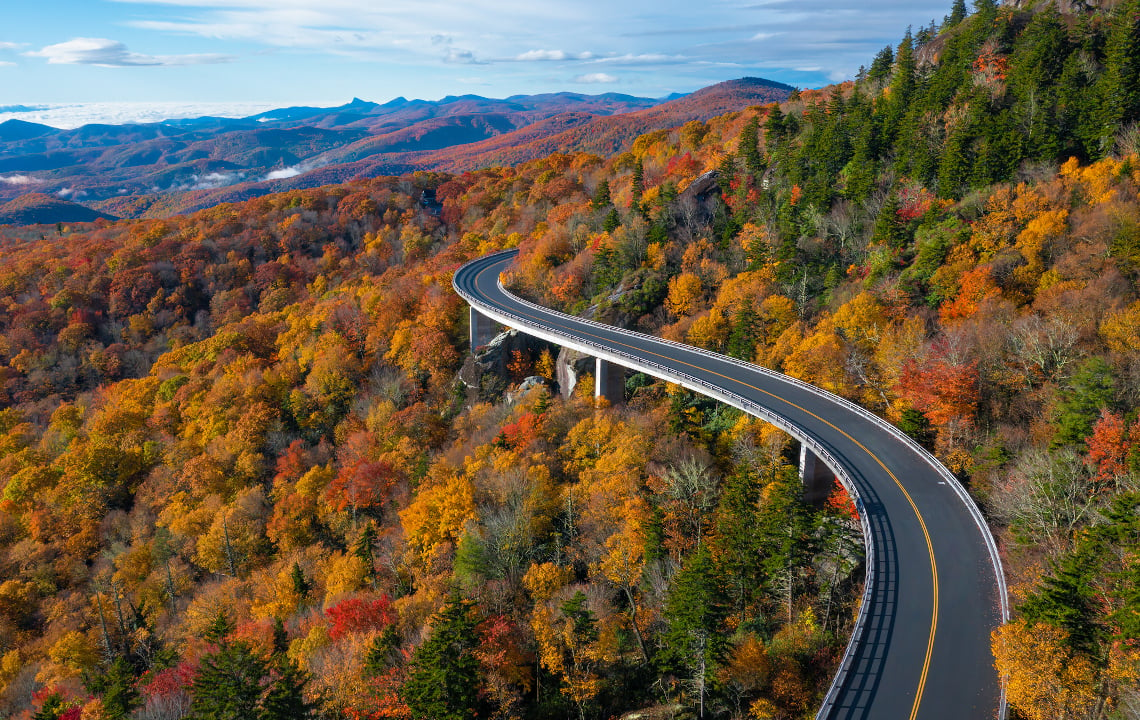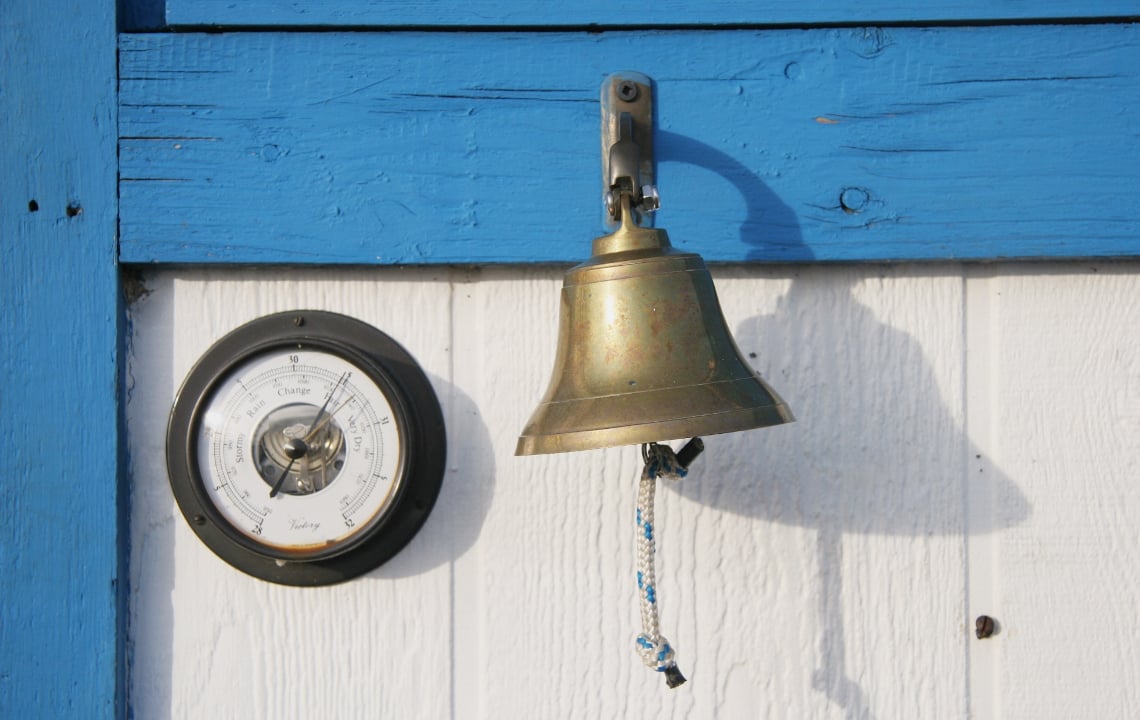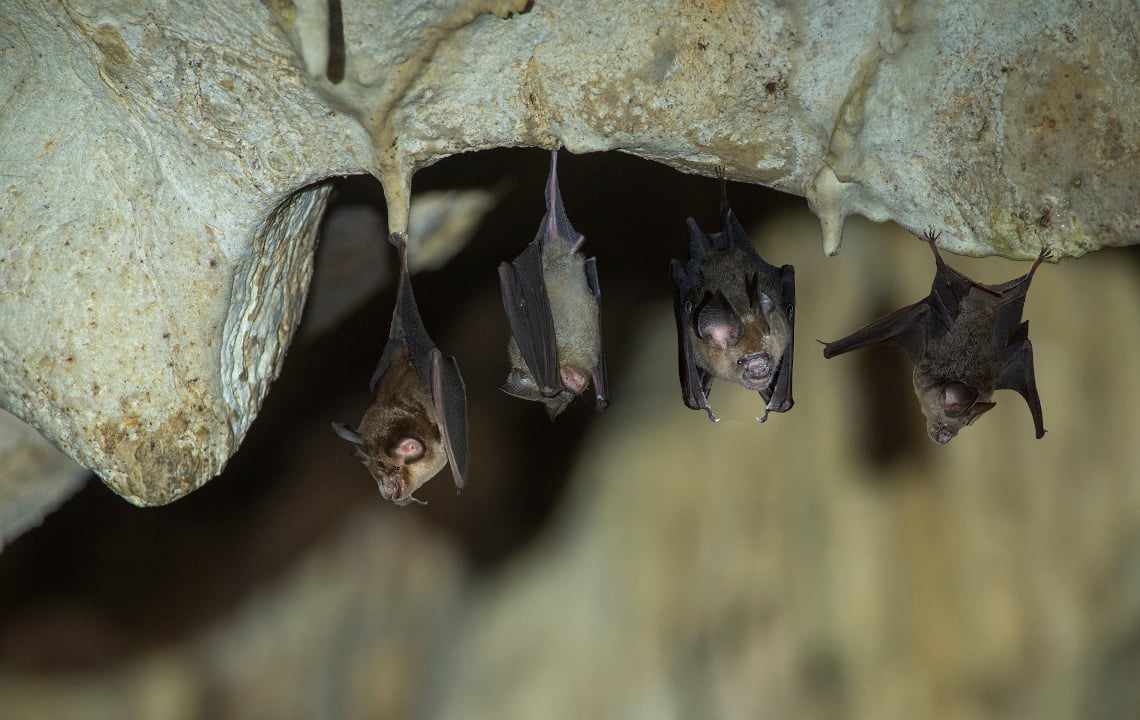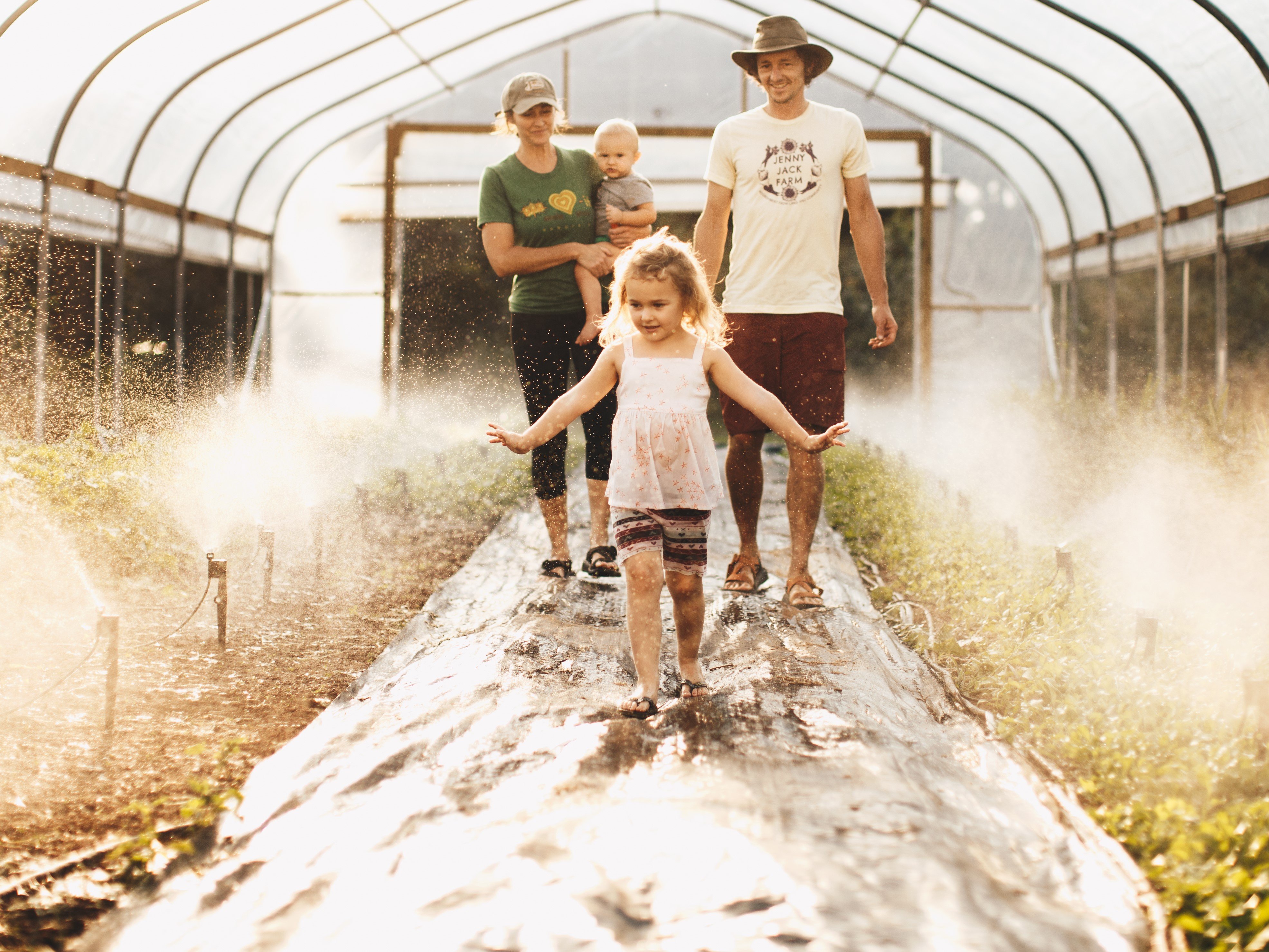If recent events have you seriously considering finally moving to the country and starting a homestead/hobby farm, you probably have a lot of questions. And though learning self-sufficiency skills is key (and fun!), the most important place to start with is learning what type of land to look for. Our experts have you covered in 12 things to look for in a homesteading property.
Homesteading, also known as “hobby farming”, was gaining in popularity before the pandemic. However, once COVID hit and things started shutting down the homesteading movement went from a steady growth to an explosive one!
Suddenly, the ideal of achieving greater self-sufficiency, having more space and securing one’s freedom became a top priority for millions of families across the globe.
In the United States, this was evident by several published migration reports which showed people leaving cities in droves and heading (largely) for the Southeastern United States.
If you’re one of those people who has already relocated and is looking for rural land to start a hobby farm, or you’re considering relocating and becoming a homesteader, this article is for you!

Throughout the years, we’ve featured dozens of families who abandoned conventional urban or suburban life to take up homesteading in the country. We’ve also interviewed a variety of rural land experts on what it takes to find, purchase and develop raw land into the home of your dreams.
This article is a compilation of their real-life tips and advice on the best attributes of a homesteading/hobby farming property.
As you’re reading this, keep in mind that everyone’s vision and goals for their homestead are unique. As are your location, budget, timeline, family needs, lifestyle, etc. Thus, there is not one find-a-perfect-property-formula we can share. There are however, several common considerations that can benefit anyone in finding an ideal property to call their family homestead. We hope this article helps you find yours!
#1: The Right Amount of Acreage
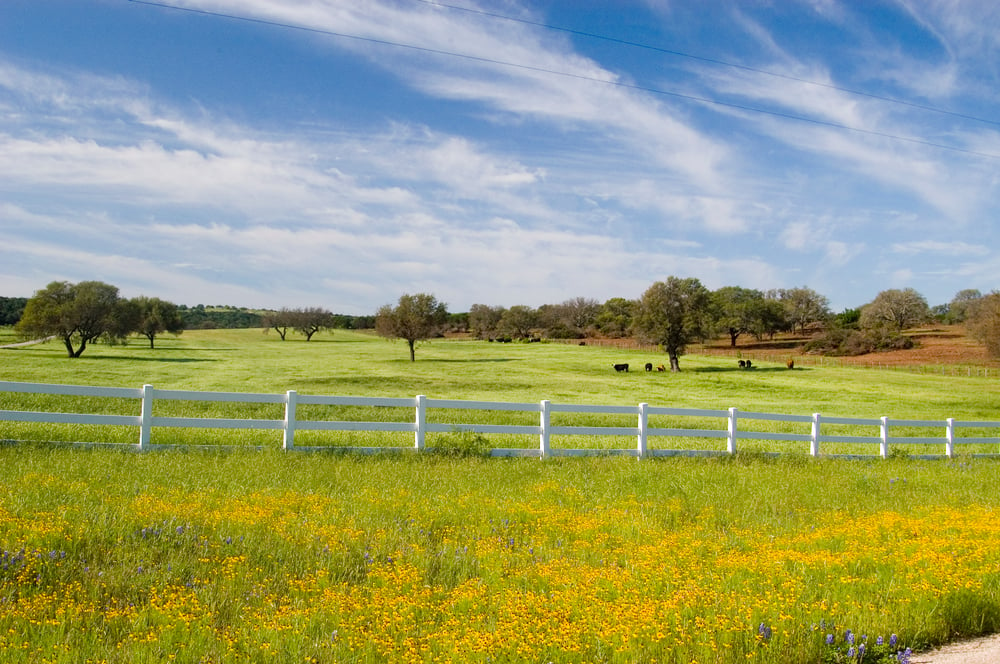
If you think you need 50 or 100+ acres to set up a functional homestead, think again. Many hobby farmers set up homesteads on smaller acreage, between 1-10 acres vs. 10-100 acres. The right amount of acreage for you depends entirely on your goals, budget, and objectives.
In How Many Acres Do You Need for a Hobby Farm or Homestead, Ben Faulk of Sand Hill Farms, offered this advice to aspiring homesteaders: “If you were going to have a homestead with 1-2 horses, a family cow, and your gardens, I’d want 10 acres of pasture, 2 acres for produce, maybe a one-acre orchard and the rest of it would be buildings. So 15 acres could hold most of what you want to do.”
However, many homesteading families, including those who make a living off the land, prefer a smaller farm.
Jean Martin-Fortier, television personality and author of the best-selling book The Market Gardener sells over 150K per year of organic vegetables with a profit of over 40% growing on only 1.5 acres in Quebec, Canada.
Bottom line: do some serious research before committing to a certain amount of acreage---you may need less (or more) than you think.
To learn more, check out our How Many Acres Do You Need… series and one of our most popular articles on How to Start Your Own Multi-Family Compound.
#2: A Mixture of Open Land and Forest
A mixture of pasture and wooded land gives you the ability to grow your own food, erect buildings, and raise animals in the open, while having access to shade and the benefits of timber for personal or financial gain.
However, if your budget is tight, inventory is low and/or location is a factor a fully wooded lot can be an excellent investment.
Forested land can often be purchased for less money than cleared land and then cleared to suit. This gives you the opportunity to custom-design your ideal mix of woods and open land while enhancing the value of your property and giving you a potential stream of future income in your timber.
Learn more in: How Much is Forested Land Worth (the answer may surprise you) and How to Turn a Forest into a Farm.
#3: A Source of Water
Most rural properties require well installation, but it’s also wise to have a creek, river, pond, spring or lake on-site for homesteading purposes. Plus, if you’re interested in going off-grid or partially off-grid, a natural source of water for drinking, bathing, fishing, a spring house, electricity, etc. is a must.
Just be sure to check on any potential flooding/floodplain issues before purchase. This doesn’t mean you shouldn’t purchase a property with some flood plain or wetlands on it. It can actually be a benefit depending on what you want to do with your land. For example, elderberries can be grown on a flood plain and wetlands attract a variety of wildlife. Just make sure you have ample dry space to build your home, outbuildings, etc.
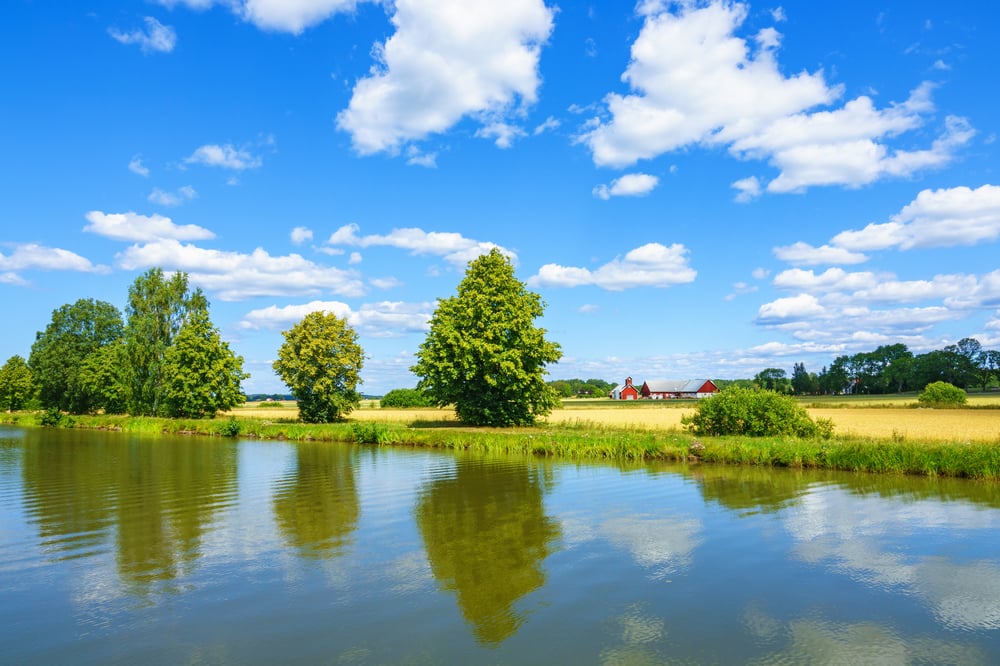
#4: Appropriate Site(s) for Your Home(s) and Outbuildings
The best location for your home and building sites should be discussed with a builder before you purchase the land. The reason being: the homesite you have in mind may or may not be feasible based on access, the amount of excavation required, well or septic requirements, flooding potential, proximity to trees or other factors relating to home design (barn, shed, cabin, etc.) off-grid capability, insurance, etc.
Bottom line: walk the property with a licensed contractor before you get dead-set on a piece of property and/or a homesite.
#5: The Right Location
As the old saying goes, you can change a lot of things about a home...just not it’s location. Thus, where you decide to buy should be heavily considered.
Some people love to be out in the middle of nowhere where they can do whatever they want with the land, homeschool their kids and be surrounded by untouched nature. Others will prefer to be within 20 minutes of a decent-sized town with a nice grocery store, movie theater, top-rated schools, homeschool coops, etc. And if you’re commuting to a job with the potential for traffic, you’ll definitely want to keep the length of that commute in mind.
The purpose of your land will also weigh into the equation, as some rural business ventures, such as retreats, hunting camps, etc. are better suited to very remote areas.
We discuss more considerations on finding the right location in: How Far From Civilization Should You Buy Land?
#6: Access to your property
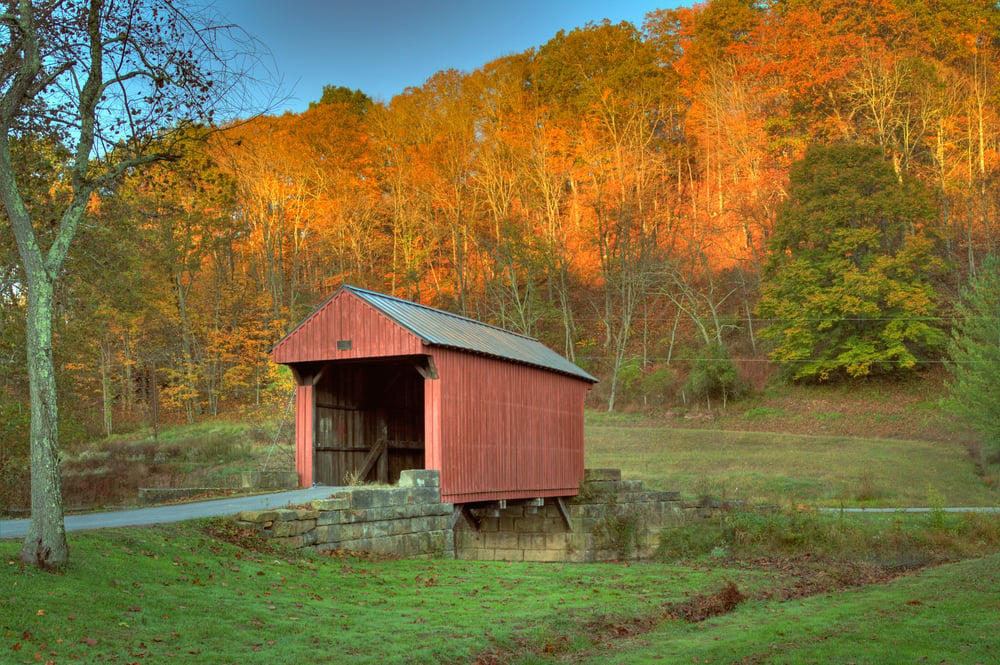
Access isn’t typically a concern when purchasing a prebuilt home. However, when buying rural land you want to make sure you have rights to access that land easily. Ideally, you’d want a property with road frontage which may be private (meaning it’s up to you and/or your neighbors to maintain) or public/state maintained. If your land does not have road frontage, that could be a hindrance in getting a construction loan. Lack of access can also affect your building efforts since most homes and outbuildings require heavy equipment which must be trucked in on viable roads.
However, if you fall in love with a landlocked property (one that does not have road access) there can be ways around it. Learn more in: How to Get Access Rights To Land.
#7: Flexible Zoning
Rural properties typically have less zoning restrictions than urban or suburban land. But, the only way to know for sure is to check with the county. This is especially important for homesteaders who plan on keeping animals, erecting outbuildings, farming, or using the property for any type of unique purposes, including hunting and fishing. Your land agent can advise you on the best areas for zoning based on your land requirements.
#8: Clean soil
Soil is super important if you’re planning on growing or raising your own food and/or food for market. At the very least, you’ll want to ensure there is no soil contamination (or potential of) and you may wish to get a soil test to see what you’re working with. More often than not, poor soil can be amended to create a beautiful and fertile garden or farm. However, it’s best to test and not guess---especially if you’re planning on applying for organic certification, installing a pond or lake or suspect any type of contamination from previous owners or tenants.
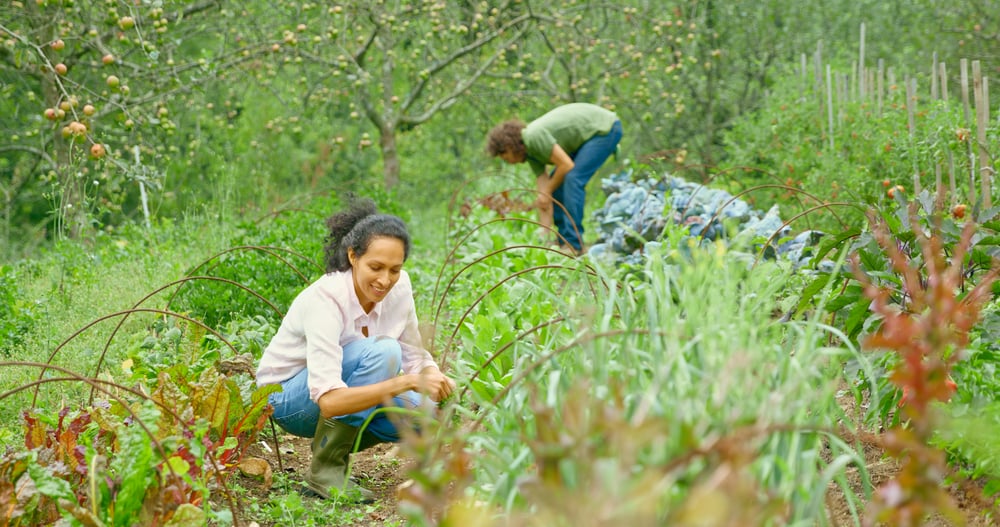
#9: Covenants and Restrictions
One of the biggest perks of buying rural land is the freedom to do what you want with your property, without worrying about HOA rules.
However, many rural properties, especially those within rural neighborhoods, do have what are called Covenants, Conditions and Restrictions (also known as CCRs). These are established to help maintain the value of your land while keeping undesirable developments, like a junkyard or waste facility, away from your property.
CCRs are typically much more flexible than HOA rules as they’re designed to preserve landowner freedom while protecting land values.
You can learn all about them in: How Covenants, Conditions and Restrictions Help Protect Your Investment.
#10: Internet and Cell Service
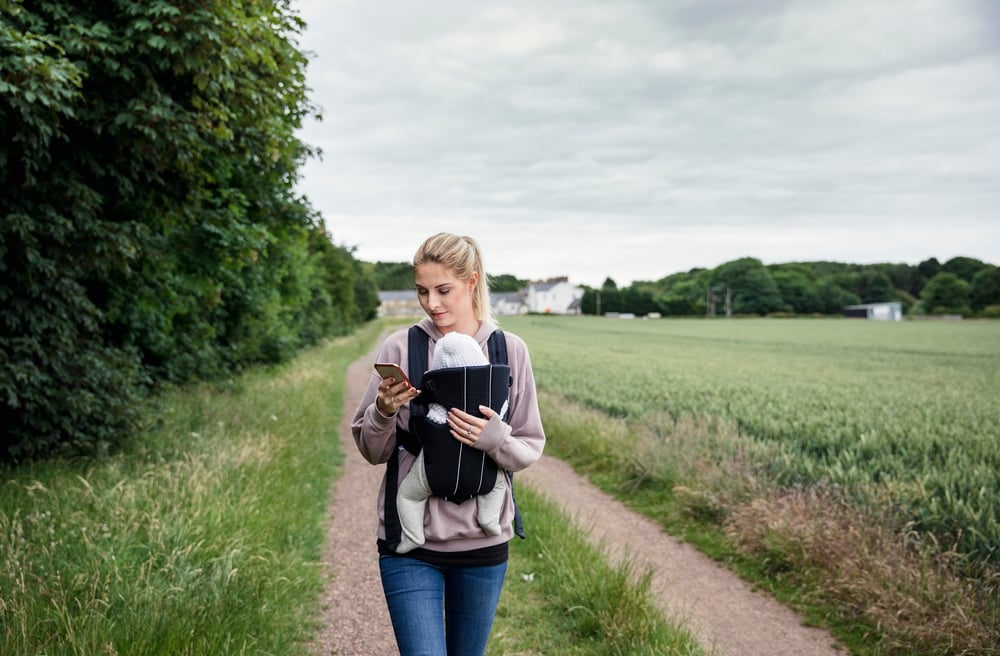
Yes, becoming a homesteader usually means you have a desire to spend less time on screens. However, most people will still require high speed internet access for working, entertainment, starting or maintaining a business, homeschooling, keeping up with your favorite homesteading podcasts and other communications.
You can inquire about this with your land agent and check with neighbors in the area.
Keep in mind that although high speed internet in the country has come a long way it’s not uncommon for rural places to have poor cell service. Fortunately, this is usually fixable by getting a cell phone signal booster, connecting your phone to your Wi-Fi and/or getting a landline. Or, if you’re into being off-grid, all this may be a benefit!
#11: Access To The Right Utilities
Raw land typically requires that electricity, water, propone and septic be installed.
The cost to run electricity to your homesite will vary depending on the land’s location, topography, local rates and how far from your road your homesite is. In some areas, power companies will run the first few hundred feet of line above ground for free and underground power typically costs extra (but may be worth it for esthetics and/or if you're in a storm-prone location). The only way to know for sure is to get an estimate from the power company before you buy the land and choose your homesite.
If you’re considering solar, wind power or going off-grid, you’ll also want to factor in the best location for your home and buildings based on orientation and weather patterns.
The cost to install a well also varies depending on the well’s location and depth requirements.
You’ll also need to get a percolation test to ensure your land is suitable for septic system installation. From there, the price will vary based on the size of your home, the number of bathrooms and bedrooms, your soil, the land’s topography, and the tank’s location. For example, if you plan on building near a creek or lake that can increase the price of your septic system by thousands of dollars.
Finally, if you’re interested in having a gas stove or fireplace, you’ll probably need to have a propane tank installed.
Click the links above for detailed articles on wind power, going off-grid, well and septic installation.
#12: A Supportive Community

Going from a city or suburban lifestyle to homesteading can be made much easier if you’re surrounded by a supportive community. The best way to get a feel for this is to spend time in the area. Attend local festivals, visit the farmer’s markets, check out the schools and/or homeschooling community, if you’re religious, attend some local churches, visit the Chamber of Commerce and scope out the overall homesteading scene.
Once you start actively looking for properties and find one you love, don’t be afraid to introduce yourself to the neighbors and ask some questions. Most people are happy to meet their potential new neighbors and will have valuable information and insight on the neighborhood and your property of interest. Plus, if you end up buying it you’ve already made a connection.
Single and moving to the country? Read: How to Date in the Country for a helpful primer on what to expect and how to meet people.
Want more rural land buying tips?
Explore the land buying section of our website and check out our free eGuides and available properties at our sister website: Raydient Places + Properties.
And get inspired by real folks who've gone from city slickers to homesteaders, hobby farmers, ranchers, and more in our rural people stories and starting a farm articles.


